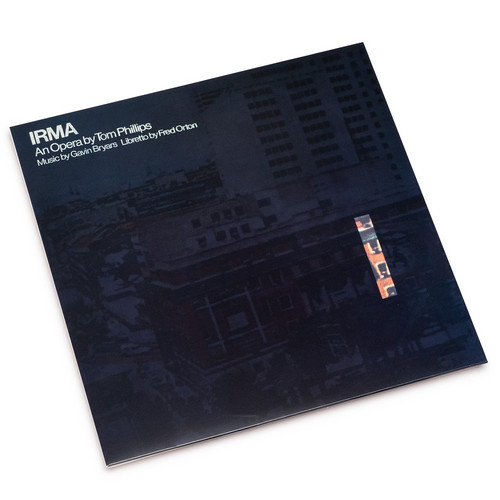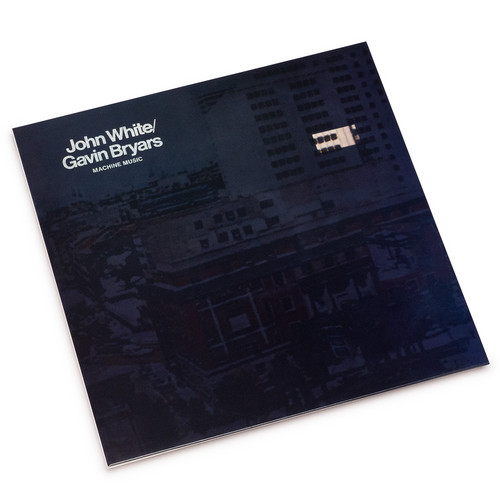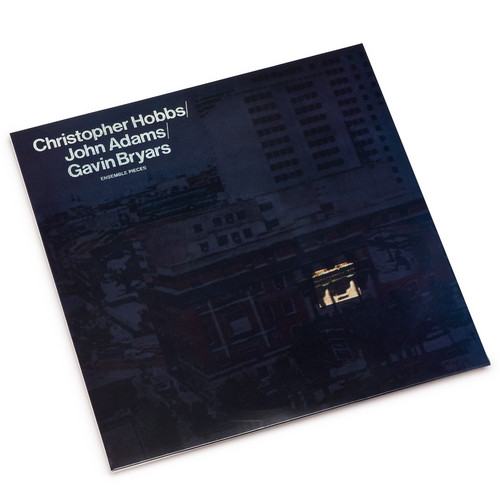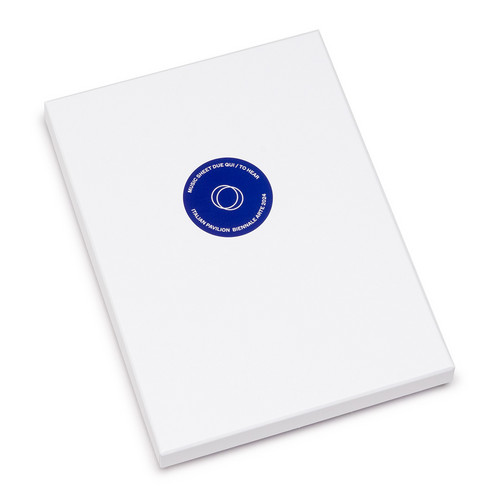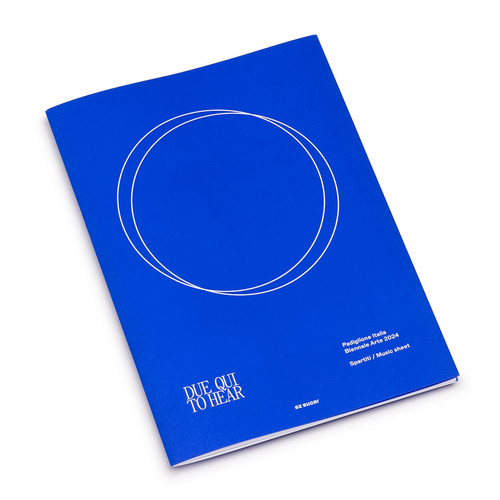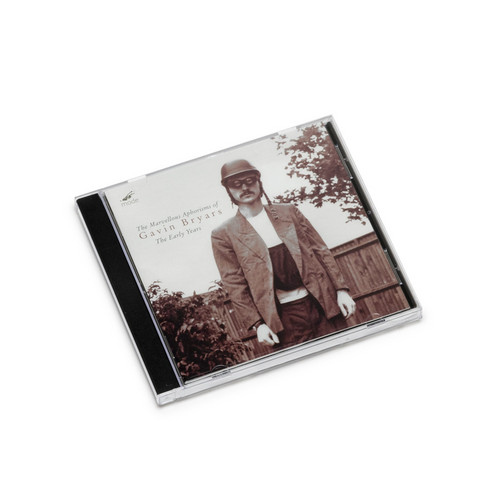Gavin Bryars
Arguably the most important British post-minimalist composer, Gavin Bryars mixes classical, jazz, and modern influences in his intellectually engaging (yet still emotionally touching) music. Though his style has changed somewhat since his first major piece, 1969's "The Sinking of the Titanic," Bryars has remained a provocative yet accessible composer capable of working in a variety of settings.
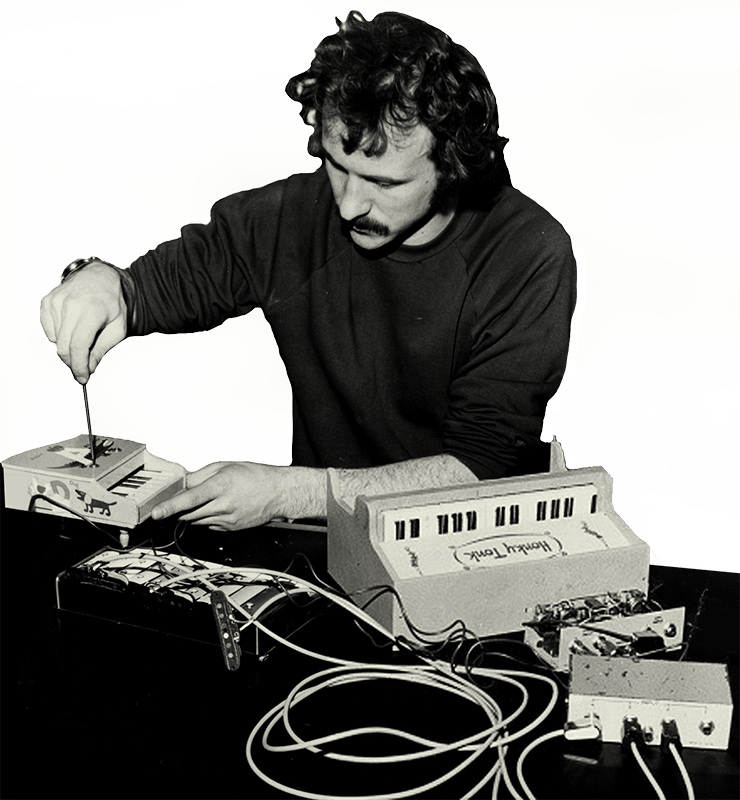
Arguably the most important British post-minimalist composer, Gavin Bryars mixes classical, jazz, and modern influences in his intellectually engaging (yet still emotionally touching) music. Though his style has changed somewhat since his first major piece, 1969's "The Sinking of the Titanic," Bryars has remained a provocative yet accessible composer capable of working in a variety of settings.
